By: Dr. Elizabeth Eggert
Orthodontics is defined by Merriam-Webster as “a branch of dentistry dealing with irregularities of the teeth (such as malocclusion) and their correction (as by braces).”
When we hear “orthodontics” we often think “teenagers.” While teens are the biggest consumers of orthodontics, orthodontic treatment can correct your bite at any age.
Orthodontics For Adults
While kids’ teeth will generally respond faster to orthodontic correction, adult teeth can also be moved to improve your bite as well as to improve your esthetics. A few famous adult faces have sported braces in recent years, including Tom Cruise and Faye Dunaway.
Invisalign and other clear aligners are a welcome option for adults who want to improve their dental alignment, but are hesitant to have a tin grin 24/7. (Yes, we want to look younger. But not like that!)
How Does Invisalign Work?
Invisalign is a system that moves teeth using clear aligners, flexible custom-molded devices, which gradually move the teeth over the course of many months. Users will get a new set of aligners every one to two weeks. During the first few days, the aligner compels the teeth to move into a new position. For the remaining time in that aligner, the bone in the jaw adjusts for the new location, building up bone to help support the tooth in its new location.
Many adult Invisalign users prefer the discreet appearance of these clear plastic aligners, compared to traditional metal braces. For some people, the fact that it can be removed for special events such as delivering presentations, getting pictures taken, or eating corn on the cob is a big part of the appeal. However, it’s vital to wear them for the recommended 22 hours per day in order to get satisfactory results.
Invisalign is gentler and less invasive than traditional braces, so there’s less discomfort involved. It’s also easier to care for teeth with Invisalign than with traditional braces: Just remove the aligners and brush and floss as you normally would.
Maybe you had braces as a kid, and your teeth have drifted back into poor alignment. Maybe you didn’t have braces as a kid because you didn’t need them then, or because of financial considerations, or the options at the time made you too self-conscious.
Whatever the reason, we encourage you to decide for yourself. If your teeth and bite aren’t exactly what you wish they were, maybe we can help. Ask Dr. Elizabeth or Dr. Jeff the next time you’re in for your recare appointment, or call our administrative team and make an appointment to really understand your options.

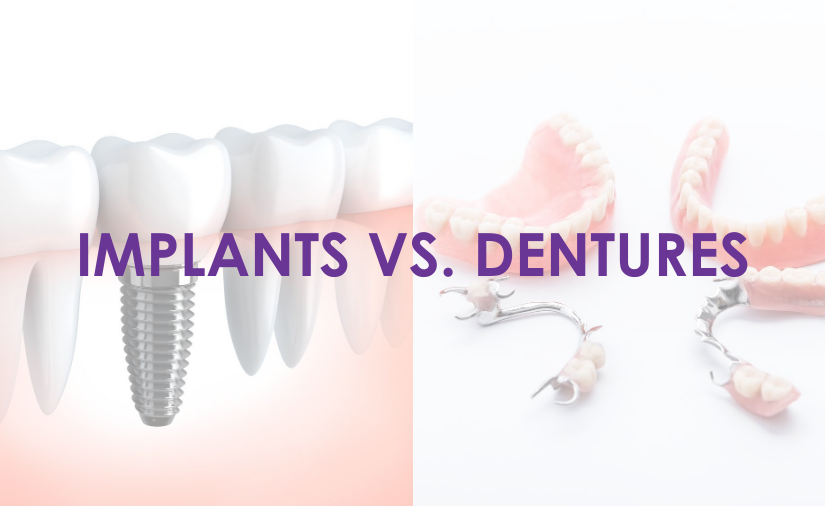

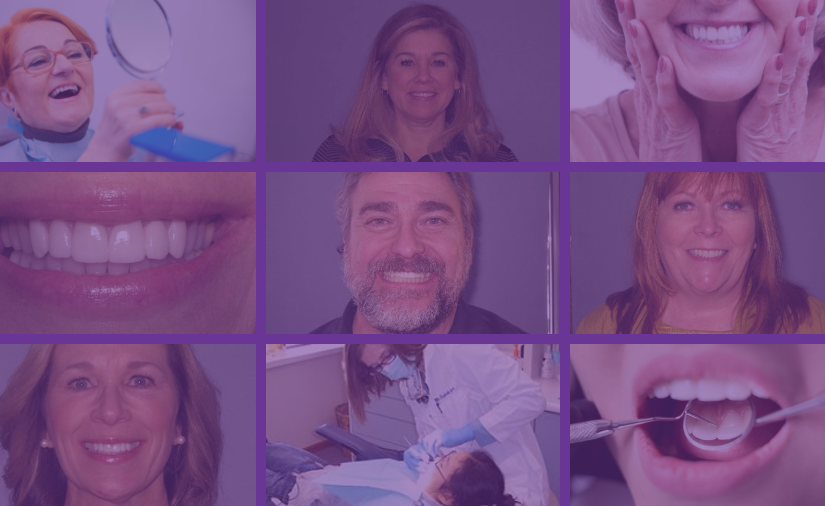
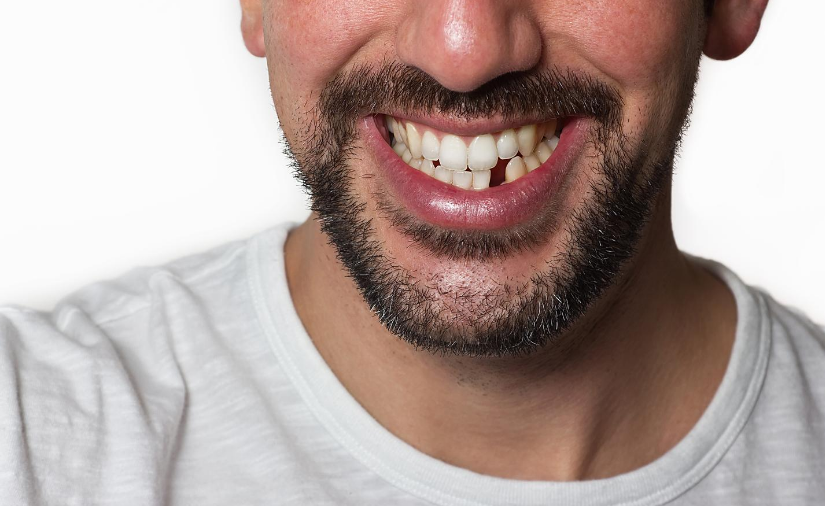
 Injuries such as falls or sports accidents can cause tooth loss. Even without immediate tooth loss, sometimes there’s sufficient trauma to the jaw bone and gums that a tooth sustains hidden damage in the nerve and root, which may take months or years to become obvious or fully abscess.
Injuries such as falls or sports accidents can cause tooth loss. Even without immediate tooth loss, sometimes there’s sufficient trauma to the jaw bone and gums that a tooth sustains hidden damage in the nerve and root, which may take months or years to become obvious or fully abscess. Excessive wear from clenching or grinding your teeth can also put a lot of stress on the teeth, causing structural damage in the form of cracks or fractures. As strong as teeth are, this structural damage compounds over time and occasionally an abscess will form from bacteria accumulating in the crack or the damage will be so severe there is no longer any way to save the tooth.
Excessive wear from clenching or grinding your teeth can also put a lot of stress on the teeth, causing structural damage in the form of cracks or fractures. As strong as teeth are, this structural damage compounds over time and occasionally an abscess will form from bacteria accumulating in the crack or the damage will be so severe there is no longer any way to save the tooth. First, there’s your confidence and self-image. If you’ve got a visible gap in your smile, you are likely to smile less. You may be self conscious when you eat or laugh. In some cases, you may have trouble with a few sounds as you speak.
First, there’s your confidence and self-image. If you’ve got a visible gap in your smile, you are likely to smile less. You may be self conscious when you eat or laugh. In some cases, you may have trouble with a few sounds as you speak.

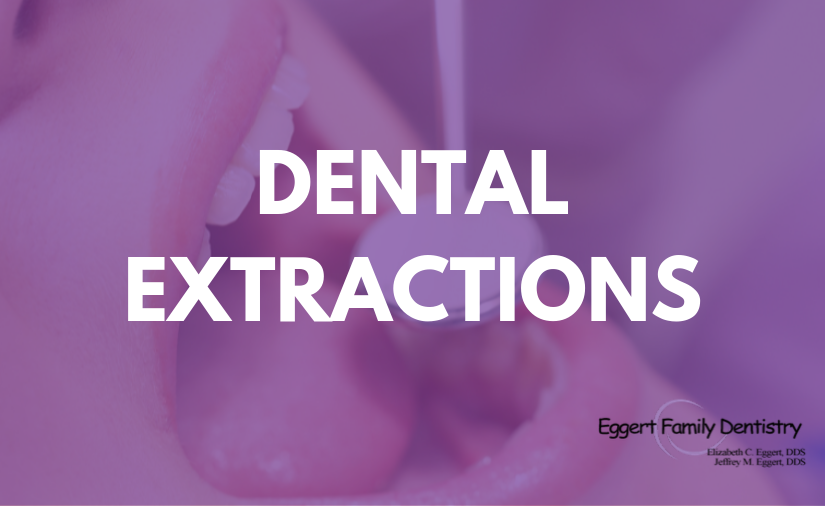

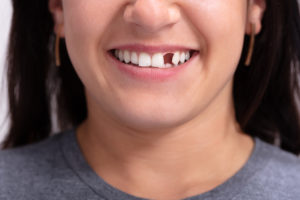 Losing a permanent tooth can be a scary situation. Unfortunately, missing a tooth can keep people from smiling – one of our favorite things! Fortunately, there are some excellent options when it comes to replacing a lost tooth. At Eggert Family Dentistry, we offer three primary solutions for missing teeth: implants, bridges, and partial dentures.
Losing a permanent tooth can be a scary situation. Unfortunately, missing a tooth can keep people from smiling – one of our favorite things! Fortunately, there are some excellent options when it comes to replacing a lost tooth. At Eggert Family Dentistry, we offer three primary solutions for missing teeth: implants, bridges, and partial dentures.


